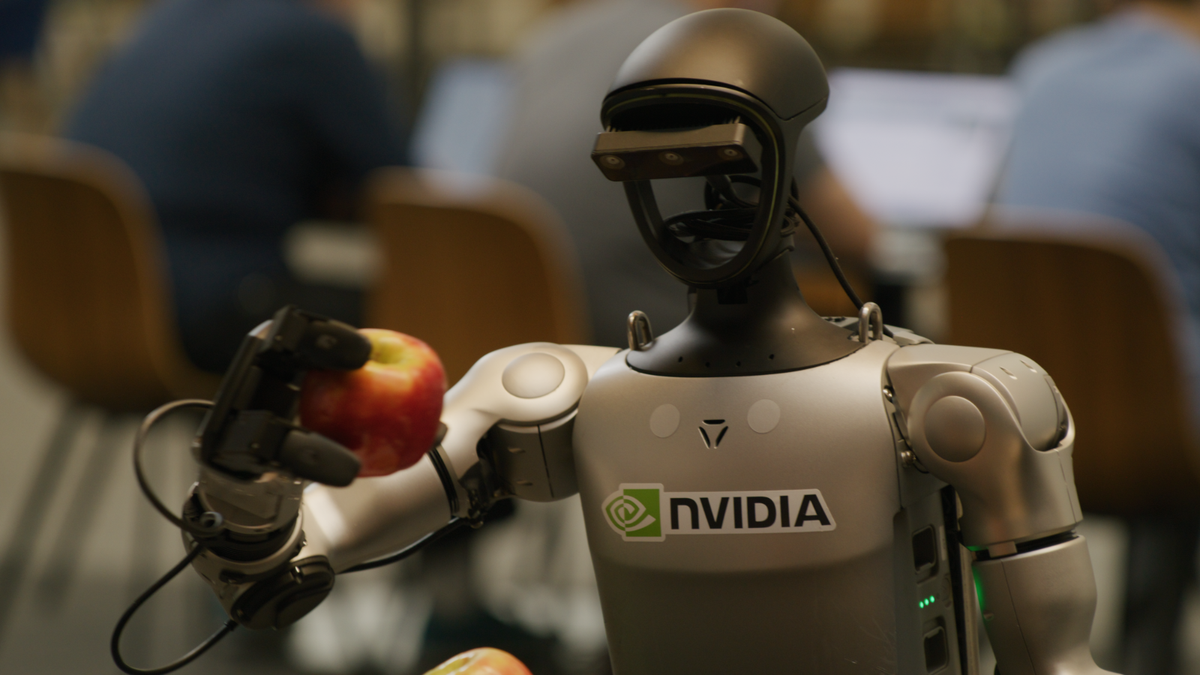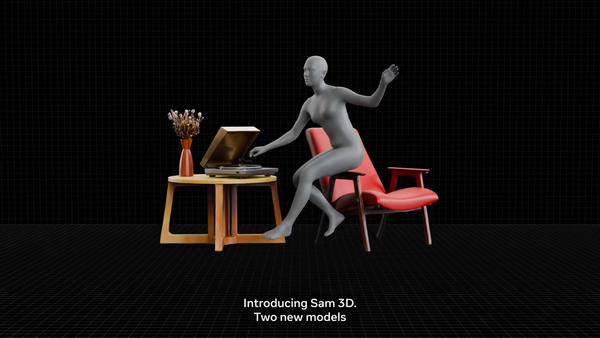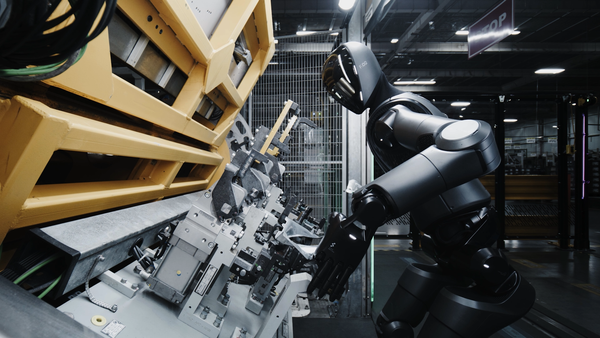NVIDIA Launches Open Robotics Stack With Physics Engine and Foundation Models

- NVIDIA releases an open robotics stack featuring the Newton physics engine and Isaac GR00T N1.6 reasoning model.
- The tools enable realistic training, scalable testing, and skill transfer from simulation to real-world robots.
NVIDIA has released new open tools for robotics, including the Newton physics engine, the Isaac GR00T N1.6 reasoning model, and the Cosmos world foundation models. Together, they let researchers train robots in realistic simulations, test their abilities at scale, and transfer those skills reliably into the real world.
The Newton physics engine, now in beta, was co-developed by NVIDIA, Google DeepMind, and Disney Research. It is a GPU-accelerated simulation tool built on NVIDIA Warp and OpenUSD that can model complex robot actions, such as balancing, gripping objects, or moving across uneven ground. Newton is open source and governed by the Linux Foundation.
Isaac GR00T N1.6 is NVIDIA’s latest open foundation model for robot reasoning, integrating the Cosmos Reason vision-language model. Designed to process vague instructions and novel tasks, it builds step-by-step action plans using prior knowledge, physics, and common sense. Complementing this, the updated Cosmos world foundation models help generate diverse synthetic environments and data, supporting large-scale training for physical AI systems.
NVIDIA is now making these tools widely accessible through Isaac Lab, Hugging Face, and NIM microservices. Though components like Cosmos Reason and the Physical AI Dataset have already seen strong adoption, with millions of downloads, this is the first time they’re being offered as open-source resources. The move gives developers and researchers broader access to proven models and data to accelerate work in physical AI.
🌀 Tom’s Take:
Open source changes the game for robotics. By making powerful models and tools freely available, NVIDIA is helping the field move faster, test safer, and build smarter.
Source: NVIDIA






